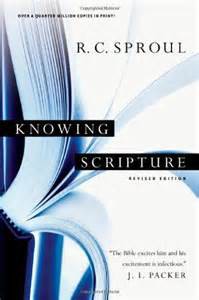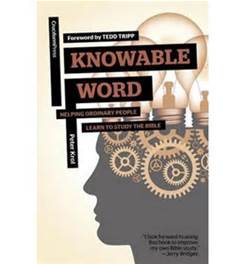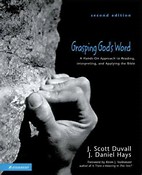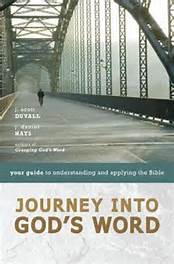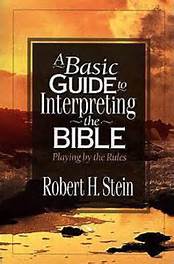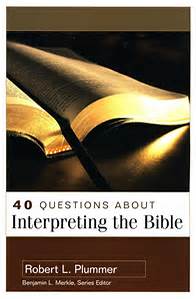As we put off the sin that so characterized our life before Christ, and as we renew our mind to avoid conformity to the world’s manner of thinking, so we put on righteousness to more closely resemble Jesus.
Here are six practices that should help us put on righteousness.
Gospel Gazing
We pursue holiness through the spiritual disciplines because the Lord is conforming us to holiness. If we engage in practices that aren’t dependent upon the Lord’s working in us through the Spirit’s power, we might we doing something, even something strenuous, but it isn’t spiritual discipline.
We are told in 2 Corinthians 3:18 that we are transformed into the image of Christ’s glory as we behold “the glory of the Lord.” But no one has seen the Lord, and Jesus now sits at God’s right hand in his ascended body. What, then, does the believer “behold”?
Paul gives us a clue in 2 Corinthians 4:4 when speaking of the unbeliever. The god of this world, the Devil, has blinded the unbelievers’ eyes so they do not see “the light of the gospel of the glory of Christ.” And, in 2 Corinthians 4:6, we are told that the cure to this gospel-blindness is that God shines the “light of the knowledge of the glory of God in the face of Jesus.”
What we behold, because we temporarily see neither God nor Christ, is the glory of the Lord and the glory of Jesus in the gospel.
Beholding carries here the meaning of being transfixed with, centering our attention, energy and passion on. “Gospel Transfixion” isn’t quite as catchy, so I call this Gospel Gazing.
We see that the ultimate result of beholding the glory of Jesus without mediation or buffer is that we will be like him, “because we will see him as he is” (1 John 3:2). In the meantime, we are changed as we center our attention on the gospel of Jesus, and behold his glory in it.
This isn’t a one-time, occasional, or sporadic remembrance or review, but a continual and dedicated practice of the one whose mind is set on Christ, where he is.
We “preach the gospel to ourselves” and “rehearse the gospel” as we contemplate and meditate on God’s holiness and justice, our sinfulness and weakness, Jesus’ love and sacrifice; on the aspects of the good news that increase our knowledge of sinfulness and increase our knowledge of God’s holiness.
This, in turn, increases our knowledge of the greatness of the gift of salvation, the glory of the cross, and the excellence of Jesus. In a mysterious process we can’t quite fathom now, beholding glory in the gospel changes us.
Obedience
Actually doing what we hear God telling us doesn’t come naturally, or easily, which is why James had to chide us to be doers, and not merely hearers, of the word. Obedience, then, becomes practice, which becomes habit, which becomes character.
Obedience demonstrates that God has loved us, and that we love our Lord, who said “if you love me, keep my commandments” (John 14:15).
Service
We are told repeatedly in Scripture to consider others more important than ourselves, to give up our own interests, and to lay down our lives for others. A significant aspect of re-focusing our attention without, rather than within self, is to serve. In fact, one biblical author summarized our role in the body of believers “as each has received a gift, use it to serve one another” (1 Peter 4:10, ESV). We serve God in worship, serve other believers in ministry, and serve the world in witness and compassion.
Submission
Every single person does not submit to every single other person, but each of us is called to submit appropriately as the relationship requires.
The parent wouldn’t submit to the child, for instance, but would submit to his employer. The child wouldn’t submit to every adult, but to his own parents. The wife doesn’t submit to every man, but to her own husband. Church members submit to the elders, and the elders submit to the Word (and congregation acting on the Word).
To receive eternal life, we submit to the Lord who saves. Whether we submit in other, human relationships, as God directs, indicates whether we have truly submitted to the Lord righteously.
Submitting to one another in appropriate relationships is a practice that helps us submit to Jesus, obey him, to grow in holiness.
Disciplemaking
The subject of the Great Commission, making disciples of all nations is the call of every disciple of Jesus.
Among other things, making disciples and all that it entails teaches us many aspects of Christlike-ness. In helping one another be disciples, we learn humility, dependence on God, reliance on the Spirit, obedience to the Word, how to be centered on the gospel, and faithfulness, among other things.
Stewardship
Like obedience, stewardship is not something that comes naturally or easily to disciples of Jesus, who still carry around the sin nature.
Practicing stewardship with regard to our time, our money, our passions, and our priorities reminds us whose our things are, and whose we are.
These practices are more general than we might expect for a list of spiritual disciplines. We might expect more particular things like Bible reading, visiting prisoners, using your spiritual gift, evangelism and tithing.
But putting on righteousness is not so much found in the particular acts of righteousness as it is in the attitudes of righteousness, beginning with the foundation of gazing intently upon — being transfixed by — the glory of God in the gospel of Jesus.

